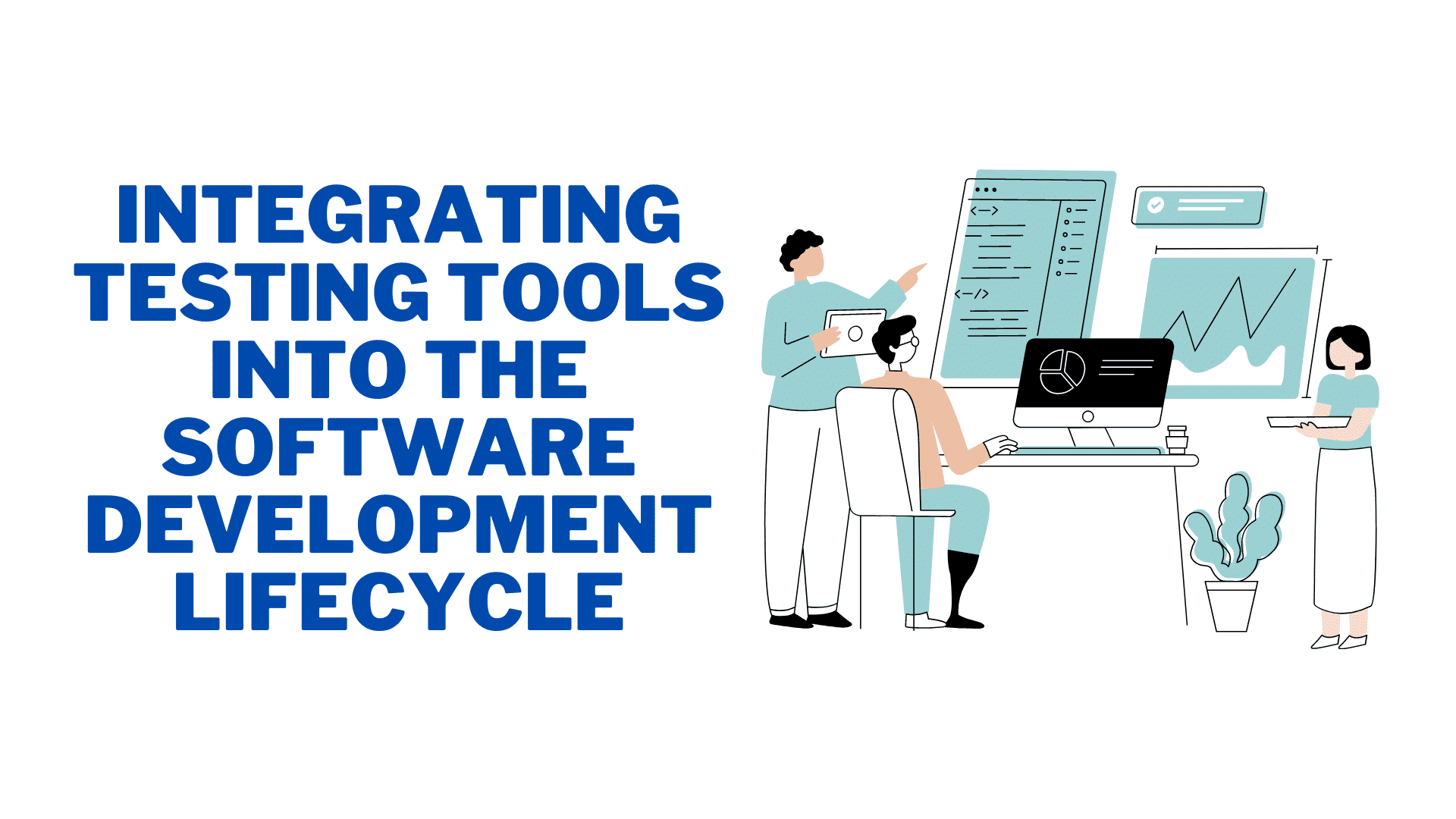Software development is a complex process that requires multiple stages of planning, designing, development, and testing to create high-quality software. Integrating testing tools into the software development lifecycle (SDLC) can help organizations ensure that their software is reliable, stable, and meets the requirements of their end-users. In this blog, we will discuss how testing tools can be integrated into the SDLC to improve software quality.
The SDLC is a process that defines the steps required to develop software. The steps typically include requirements gathering, design, development, testing, and deployment. While all these stages are crucial, testing is particularly important as it ensures that the software functions as intended and meets the end-user’s expectations.
Conventional testing methods include manual labor, which is labor-intensive, time-consuming, and error-prone. As software applications grow in complexity, the amount of testing required increases, and manual testing becomes even more challenging. This is where automated testing tools prove to be useful.
Automated testing tools are software applications that can perform repetitive tests quickly and accurately. They aid companies in reducing the time and effort needed for testing while also enhancing the process’ quality. The use of automated testing tools can lead to faster time-to-market, higher quality software, and reduced costs.
There are several types of testing tools available, including:
- Unit Testing Tools: These tools test individual code modules, components, or functions to ensure that they work as expected.
- Integration Testing Tools: These tools test the interaction between different modules, components, or functions to ensure that they work together as expected.
- Performance Testing Tools: These tools test the performance of the software, including response times, throughput, and scalability.
- Security Testing Tools: These tools test the software’s security features to ensure that it is protected against potential vulnerabilities.
Integrating testing tools into the SDLC requires a structured approach. Here are some of the key steps involved:
- Identify the testing requirements: The first step is to identify the testing requirements for the software. This involves identifying the types of tests that need to be performed, the frequency of testing, and the level of automation required.
- Select the appropriate testing tools: Once the testing requirements have been identified, the next step is to select the appropriate testing tools. This involves evaluating different tools based on their functionality, ease of use, and cost.
- Integrate the testing tools into the SDLC: The testing tools need to be integrated into the SDLC, which involves creating a testing plan, developing test scripts, and automating the testing process.
- Run the tests: Once the testing tools have been integrated into the SDLC, the tests can be run. The results of the tests can then be analyzed, and any defects or issues identified can be addressed.
- Repeat the process: The testing process needs to be repeated regularly to ensure that the software remains stable and reliable.
Software testing tools are integral in ensuring the quality of any software development project. They help developers identify bugs and errors quickly and efficiently, while also providing a way to test new features and functionality before they are released. By integrating testing tools into the software development lifecycle, developers can ensure that their projects meet all the necessary requirements and are free from any defects. This helps them deliver high-quality products that meet customer expectations. Additionally, it ensures that the software is bug-free, secure, and reliable when deployed in production environments.
In conclusion, incorporating testing tools within the SDLC is crucial for producing software of a high caliber. Organizations can decrease the time and effort needed for testing as well as raise the caliber of the process by automating testing. This can lead to faster time-to-market, higher quality software, and reduced costs. However, it is important to take a structured approach when integrating testing tools into the SDLC to ensure that the testing process is effective and efficient.


























